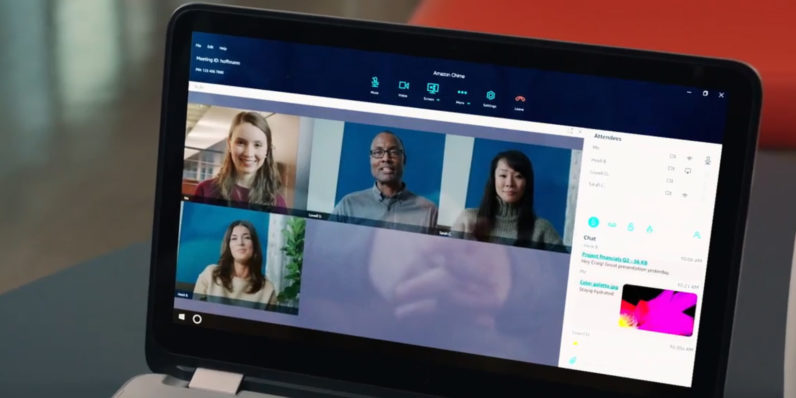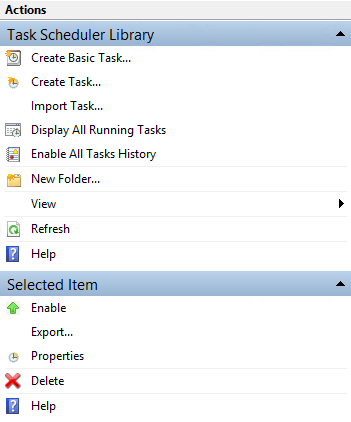

#Task management with amazon chime code
The code is licensed under the Apache License 2.0.Ĭompanies, politicians, and other public figures host large gatherings that allow audience members to raise their hands and be called on to ask their questions. The code and detailed technical documentation for this solution are available in the GitHub repository amazon-chime-live-events. Not only is this a working solution for running live events, and a starting point from which to build your own event applications, it is also an example of a sophisticated use case for the Amazon Chime SDK, involving multiple meetings and integration with other AWS services. This interactive live events solution, built with the Amazon Chime SDK, addresses many of the shortcomings of traditional online meeting platforms as applied to live-broadcast events, including attendance limits, access control, and participant screening.
#Task management with amazon chime how to
Scheduling and hosting a meeting is an Amazon Chime Pro feature.In this tutorial, I will explain how to deploy an interactive live events solution with which speakers can present to a large pre-selected audience, and moderators can screen attendees to participate in the broadcast. Meeting attendees can use all the features of Amazon Chime meetings, including voice and video, the visual roster, screen sharing, chat, file sharing, and recording meetings. Attendees logged in to the Amazon Chime app will be auto-called for scheduled meetings. Attendees have the option of joining using the Amazon Chime app, or using a traditional dial-in phone number. Meetings can have between 2 and 250 participants and can be scheduled, or they can be initiated instantly. Calling is an Amazon Chime Basic feature, and all Amazon Chime users can start or join a voice or video call.

They require use of the Amazon Chime app, and do not allow either party to connect via a dial in number or in-room video conference room system. Calls are initiated from the contact list, or directly from a 1:1 chat, and they aren’t scheduled. Voice or video calls (using Voice over IP, or VoIP) take place between 2 people. Q: What's the difference between a 2-person voice or video call and a meeting?


 0 kommentar(er)
0 kommentar(er)
